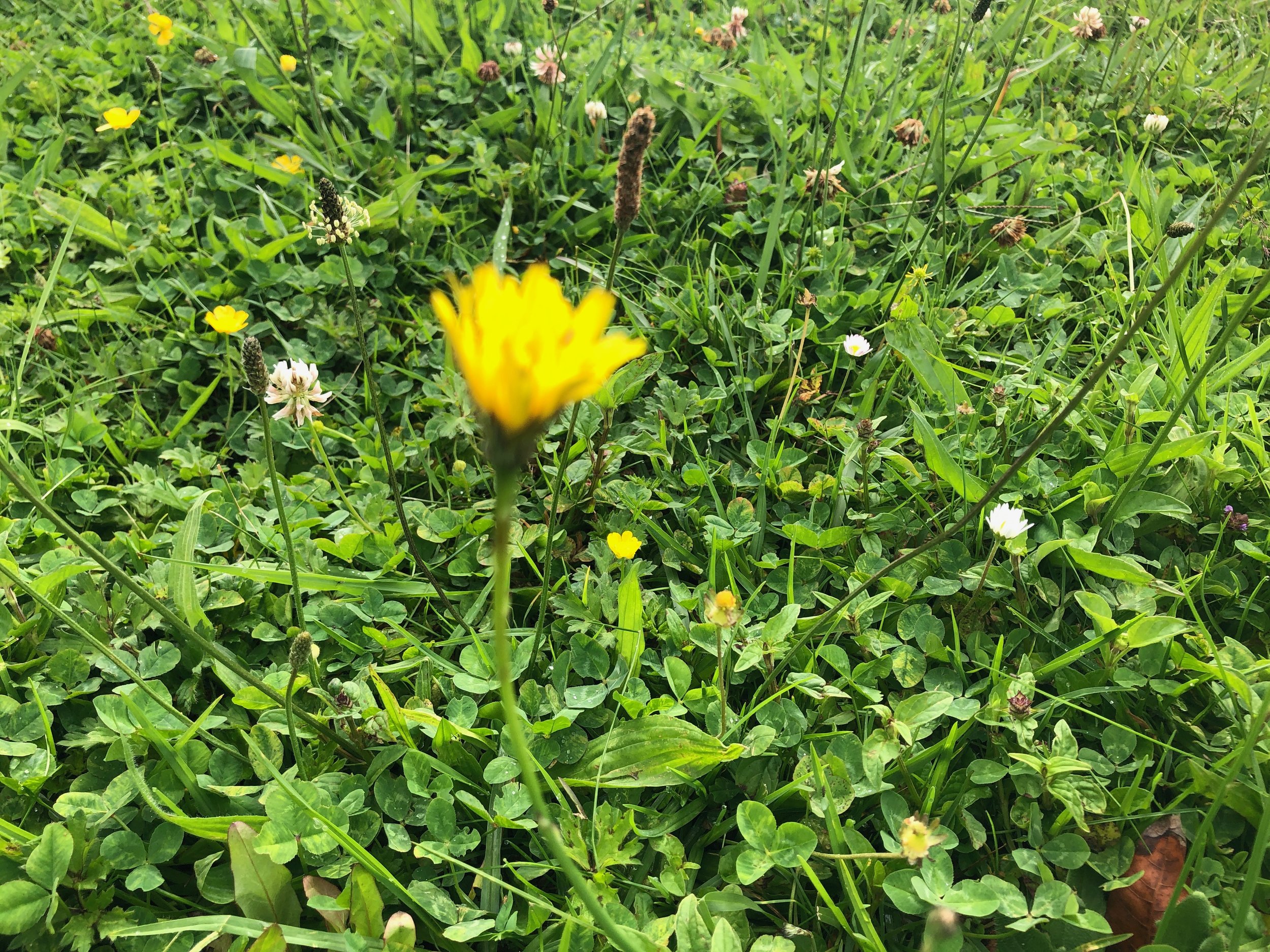Is it time to get rid of traditional lawns?
New Zealanders are very attached to their own patches of lawn, the monotonous whirring of mowers a soundtrack to our weekends and long summer evenings, accompanied by petrol fumes and the smell of freshly cut grass. But is it time to get rid of traditional lawns for the environments sake? A pair of urban ecologists - one from Australia, the other from Sweden, certainly think it might be.
In a recent perspective piece published in the journal Science, Maria Ignatieva and Marcus Hedblom, said the natural benefits of green lawns were far outweighed by negative environmental consequences - like water use, fertiliser, and of course mowers - in most cases gas-powered machines that spew carbon monoxide and other toxins into the air. Because of this Ignatieva and Hedblom suggest it’s time to explore different forms of ground cover.
Is it time to replace traditional lawns for the sake of the environment?
Plant ecologist, Dr Bruce Burns from Auckland University agrees. “Lawns are a ubiquitous part of the urban landscape and cover a surprisingly large part of cities,” he told Landscape Architecture Aotearoa. “A back of the envelope calculation suggests grasslands cover in the order of 150-200 km2 within Auckland alone (about equivalent to the area of the Waitakere Ranges), but spread over a myriad of small patches and managed by just about everyone. They therefore represent a huge opportunity if they can be managed effectively to increase their benefits and reduce their costs.”
Ignatieva and Hedblom calculate that globally lawns currently occupy land space equivalent to England and Spain combined. Keeping them green requires an enormous amount of water. In arid regions, lawns account for 75 percent of water consumption. The pair also point out that weed killers and fertilisers wind up in the water table.
Artificial turf isn’t a suitable replacement, they say. It doesn’t contribute to carbon sequestering and causes problems with water runoff, and might be poisoning local water tables.
Dr Burns believes we should be looking to increase the benefits of combined urban green space in terms of ecosystem services. For example sequestering carbon, water purification and flood mitigation, habitat for biodiversity and human wellbeing, while also seeking ways to reduce the high cost of mowing maintenance, both economic (society spends millions of dollars on lawn maintenance each year) and environmental (cutting lawns leads to nasty gaseous emissions from the mowers and the grass itself).
“Urban grasslands/lawns are probably our largest co-managed urban ecosystem, but information and research on urban grasslands has been neglected in New Zealand,” Dr Burns said. “Surely within this comparatively large urban area, some alternative management options on parts of the area are possible and desirable. However, the state of our lawns is a socially and culturally important indicator for people. The state of a person's lawns seems to reflect on their social standing and on being a good citizen.”
The natural benefits of green lawns and verges are outweighed by negative environmental consequences - like water use, fertiliser, and of course mowers.
He’s had a taste of just how much kiwis love their traditional patch of paradise. When he dared suggest in a newspaper article that we replace our manicured lawns with flowering meadows it prompted outraged readers to post 391 comments. " What a lot of drivel, just another academic trying to justify his existence and fat pay cheque", wrote one. " Absolute dribble from start to finish", said another.
Another argument against traditional green lawns is low biodiversity. Intensive management means fewer habitat opportunities for insects.
Ignatieva and Hedblom suggest if people don’t want to let the landscape grow wild, then research into plant types might result in the development of naturally short grasses that don’t need much water to survive. But for any solution to be successful, they believe people need to start opening their minds now to the idea of different ground covers.

